With prices going up, you may be thinking about how your household can change the way you use energy. Here are seven energy hacks that can help you get a comfortable home and reduce your energy bill.
Seven ways to take action
1-Heat and cool your home the smart way
Did you know heating and cooling can make up to 40% of your total energy use? Here are some things you can do to adjust your energy use and still feel comfortable:
- Only heat and cool the rooms you are using and close all other doors.
- Before switching on the heater, try an electric throw for the lounge or home office, or even an old school hot water bottle or heat pack.
- Double glazing windows can be effective, but also expensive. For a quick and cheap solution, clear window film for insulation is an easy DIY option. Look online for helpful videos that show you how to apply it.
- Adjusting your heating or cooling up or down by one degree can increase your energy use by 5-10%, so if you can:
- In winter, set the temperature at 18-20 degrees
- In summer, set the temperature at 24-26 degrees.
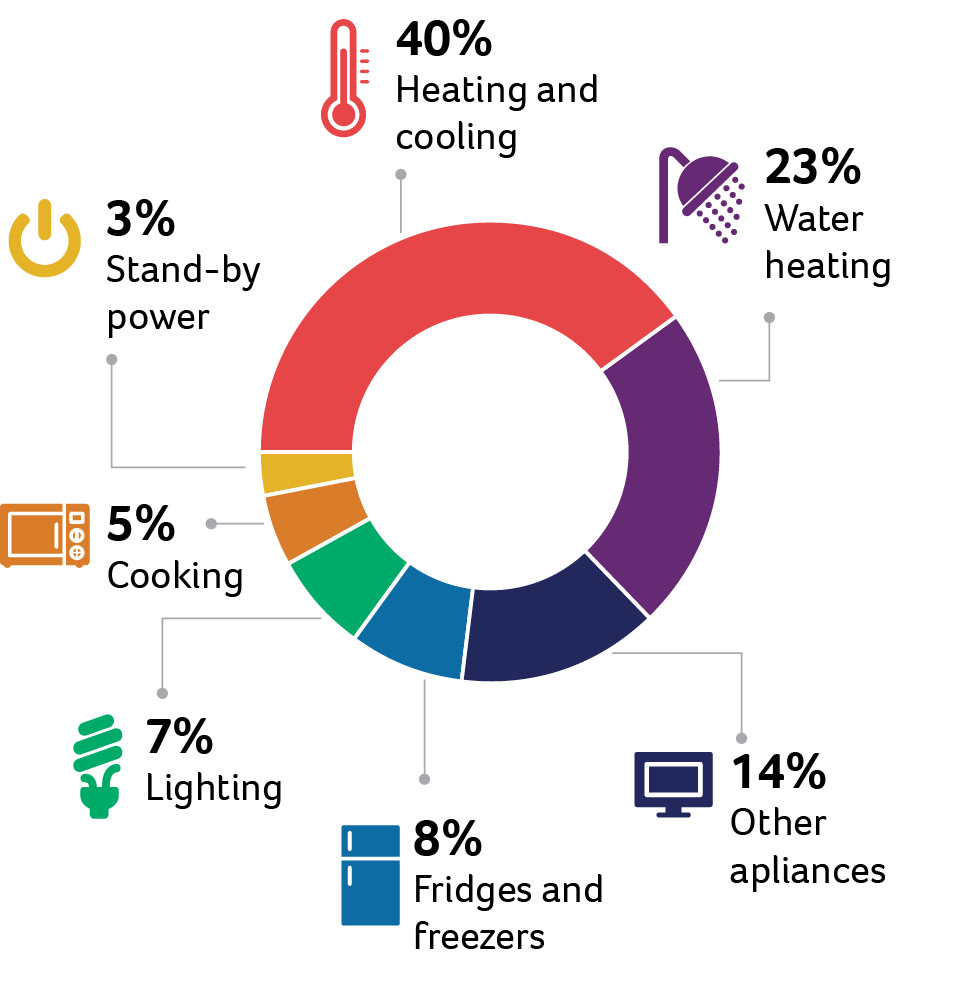
- If you have a split system air conditioner you might be able to use this to heat your home. To do this, look for the ‘sun’ ☀️ on your remote. You can also check the manual for instructions.
- Have ceiling fans? Always use these before the air conditioner. In winter, check if it has a reverse function and use it with your heater. The fan will help circulate the hot air more evenly.
- Have floorboards or tiles? Buy or pick up second-hand rugs at online marketplaces – the thicker the better.
- Insulate your home if you can! If it’s safe to do so, check your roof, you may just need to add to existing insulation. The roof is the biggest bang for your buck and could save up to 20% in heating and cooling.
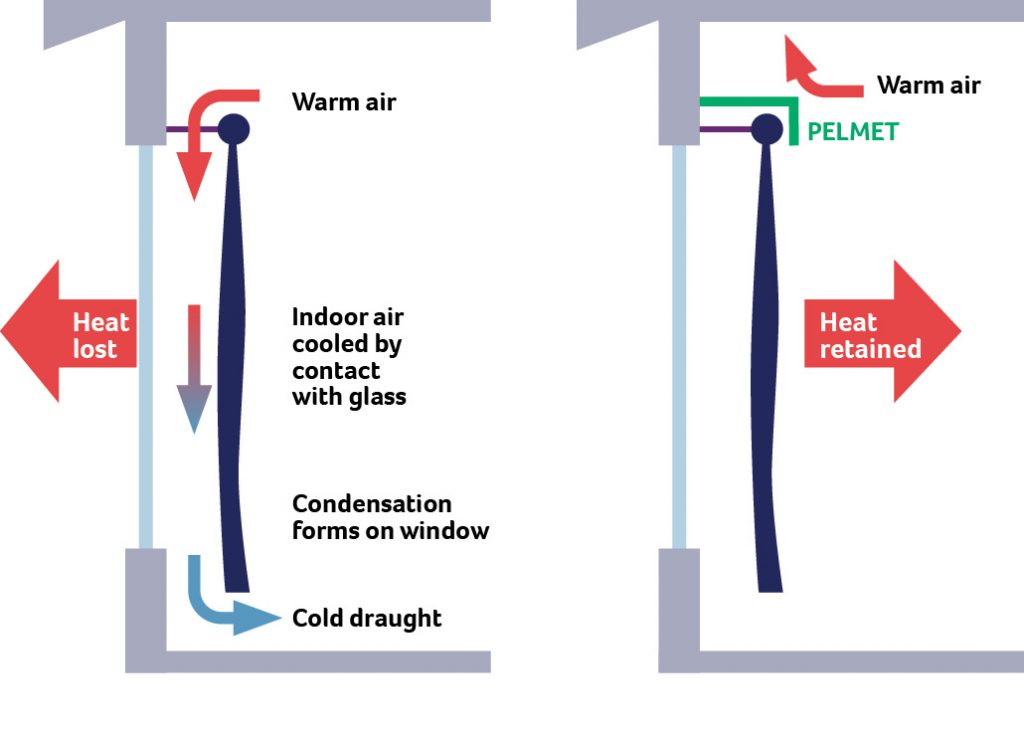
2- Stop air leaks
Our homes can be ‘leaky’. This means it’s easy for the air in our homes to escape outside, making it harder to keep our home the right temperature. To find gaps where the heat or cold might be escaping, look for:
- Obvious signs, e.g., light under doors and windows
- Listen for rattles when it’s windy
- Feel for moving air
- Look for movement in curtains, and then plug them up:
– Buy door snakes for under doors or make your own if on a budget
– Seal around doors, windows, walls, and floors. Sealing and gap filling equipment can be found at hardware stores or online– along with many helpful DIY videos!
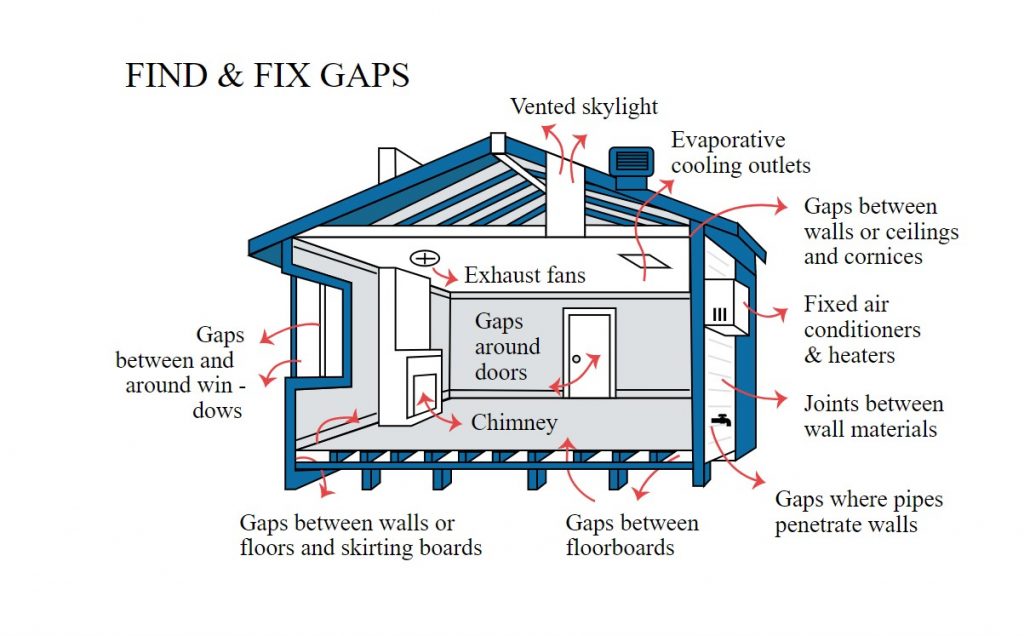
3- Switch off at the wall
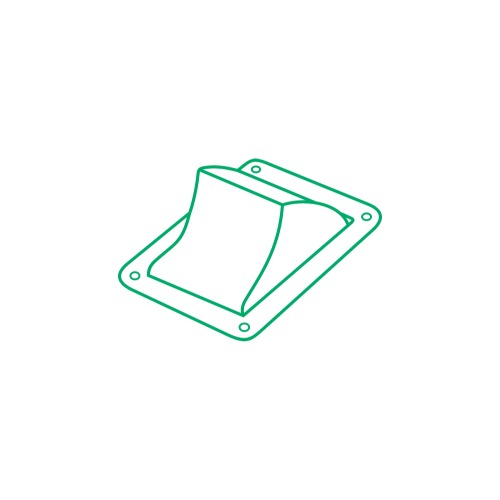
Did you know that your mobile phone can continue to use power to charge even when the battery is full? Up to 10% of your electricity use can come from appliances on ‘standby.’ Save energy and switch the appliance off at the wall.
4- Lighting

If you haven’t already, switch to LEDs (check for government offers) and only have the lights on that you need. Every bit counts!
5- New or replacement appliances
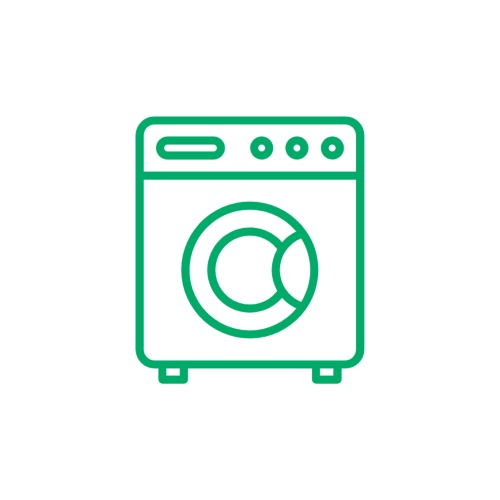
When replacing appliances like a washing machine or a dishwasher, aim for the highest energy star rating that suits your budget. The higher the energy rating, the more efficient the appliance is. Think about what size you need for your circumstances as well.
Check your State Government website for any rebates you may be eligible for.
6- Limiting hot water use

Around 20% of energy use goes to heating water. Shorter showers (aim for 2 to 4 minutes) and doing laundry in cold water can really help.
You can also adjust the temperature of your hot water system so it’s not using excess energy to heat the water or insulate your hot water pipes so the heat isn’t lost to the surrounds.
7- Think about renewables
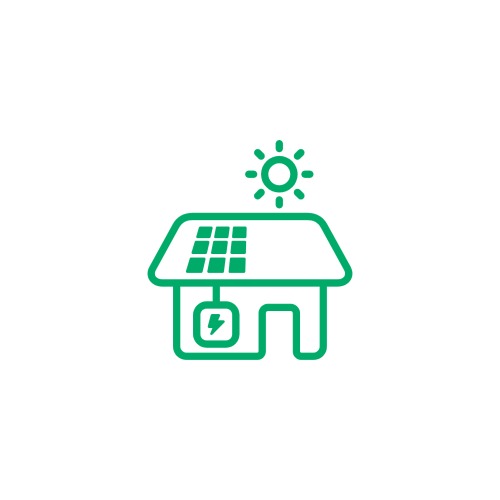
If it works for your circumstances, check out our easy-to-read ‘how to’ guides on solar, batteries and EVs at https://www.energytechguide.com.au/ and start generating and storing your own electricity for your home.

